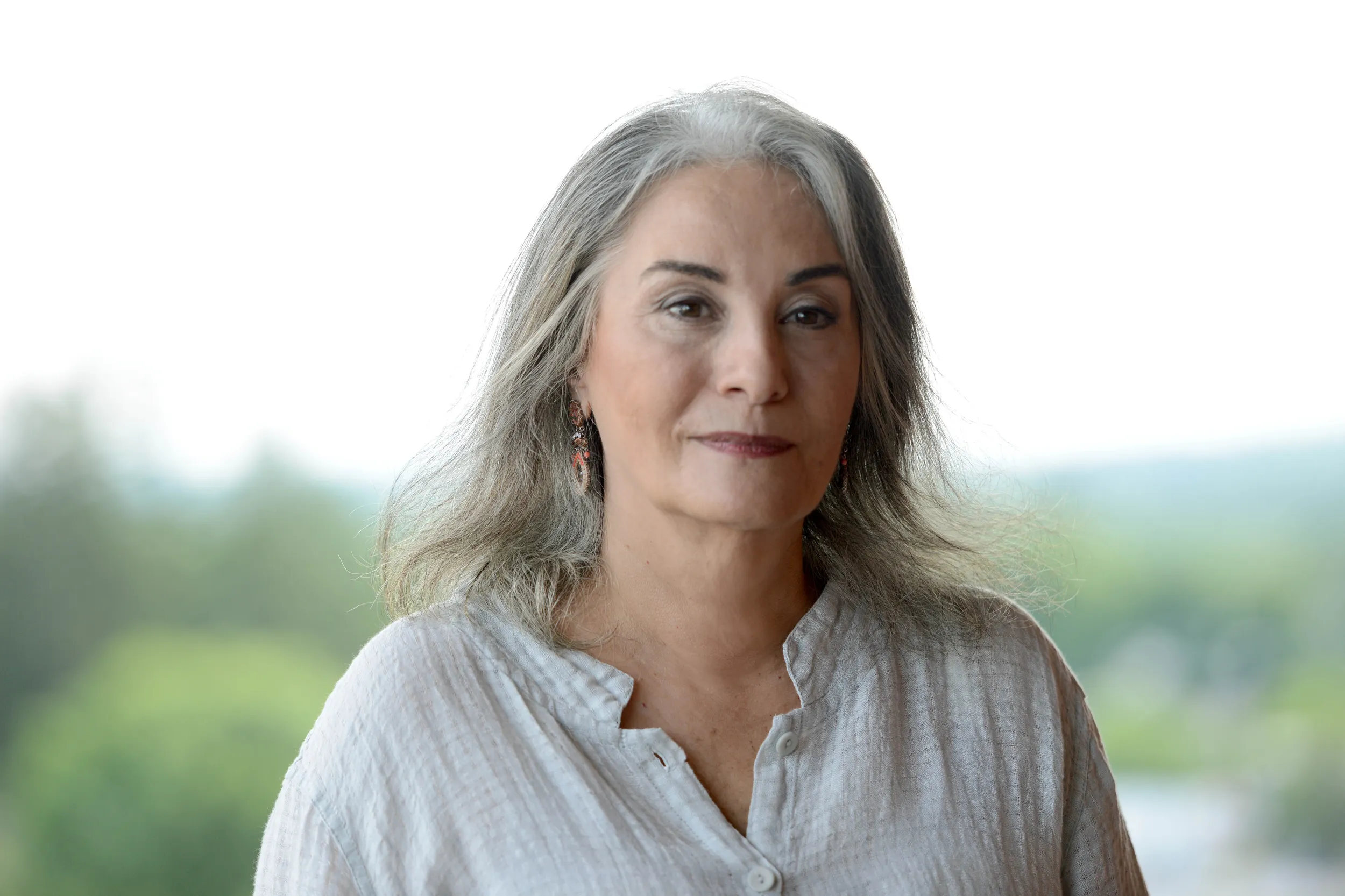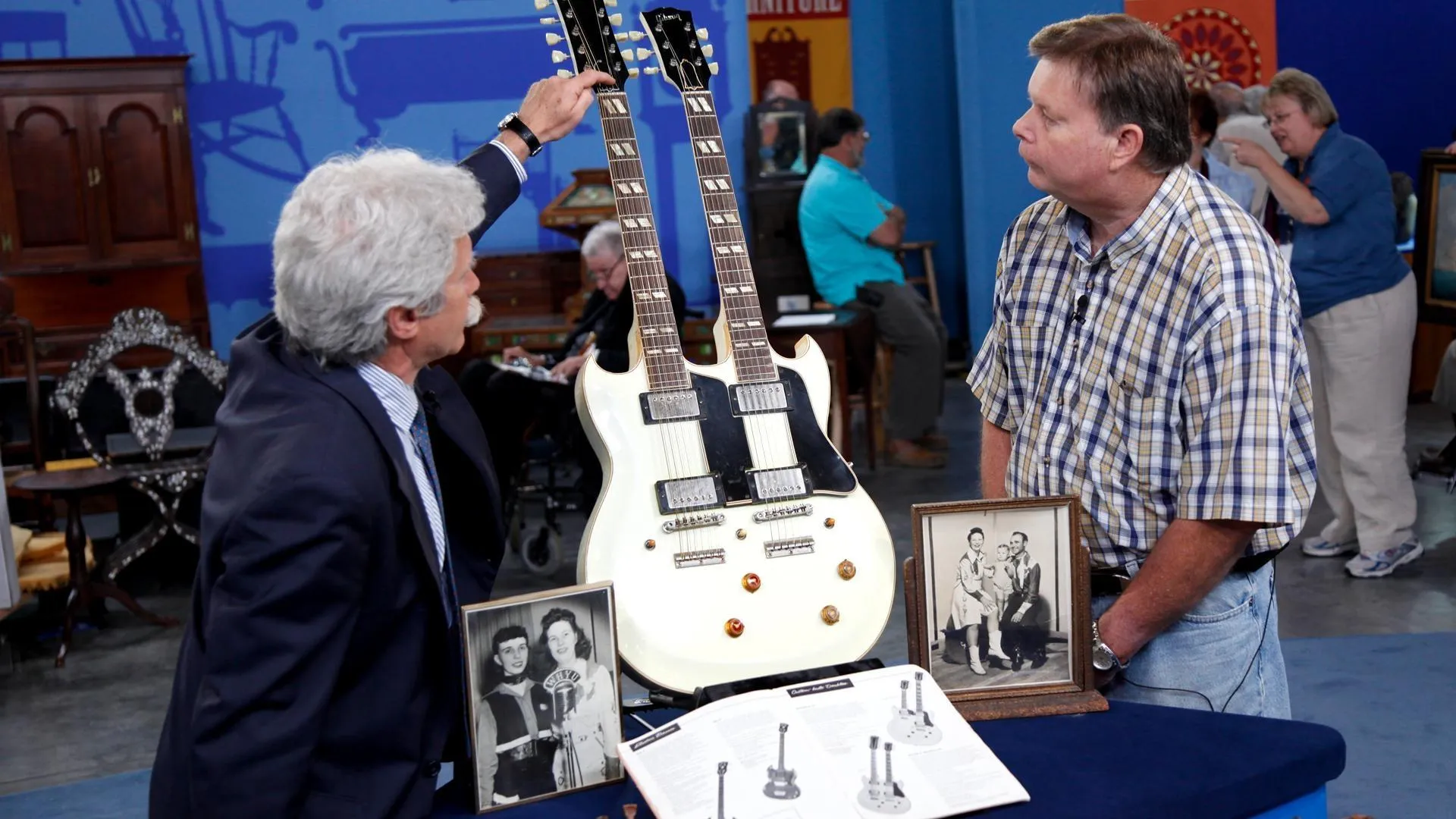GUEST: Well, they've been in my family for generations. My mom had them and I've had them and my kids, we've all taken them to school, and we just always wondered about exactly how old they were and some of the background of them.
APPRAISER: They went to show-and-tell?
GUEST: Yes.
APPRAISER: So, what did you share with your classmates? How did they come into your family?
GUEST: Um, my mother had... she thinks it was a great-great-uncle that lived in New Mexico and worked with the Hopi Indians. I don't know exactly what he did, but he was originally from the Washington, D.C., area and either came back or sent these items back to his family and they've always been in the family since then.
APPRAISER: Do you have any idea when he was working out in New Mexico?
GUEST: We think it was mid-1800s, but we're not really sure.
APPRAISER: The pieces themselves speak of a time in the late 1800s, and they're from the New Mexico-Arizona area. They represent the Apache culture.
GUEST: Oh.
APPRAISER: It was exciting to see them, because you just don't see children's material that often. When your ancestor acquired these, they were probably gifted to him off the tribal area. In the collection of American Indian material, when it comes to apparel, collectors like men's clothing...
GUEST: Mm-hmm.
APPRAISER: ...number one, children's clothing number two...
GUEST: Okay.
APPRAISER:...and women's lastly. That's the least collectible. And women made all of this, which is kind of the shame, that their clothing's not highly received. There are symbols on the children's moccasins that represent the late 1800s and the fact that they were in the peyote ceremonies, and it was about prayer and healing.
GUEST: Okay.
APPRAISER: And they did adapt symbols from the Spanish and Christianity. So you have the Maltese cross and the moon. These are all natural dyes and the paint coloration on them is wonderful. All the beads are from the right period, they're sinew-sewn. Now, if you were to sell these things at auction, the cradleboard would have an auction price of probably $200 to $300. The moccasins, because they're highly collectible, would probably sell in the $800 to $1,200 range. This little pair here would probably be $400 to $500.
GUEST: Okay.
APPRAISER: They're very collectible. And the dolls themselves would probably be $3,000 to $4,000 at auction for the pair. The total auction potential for these items would be $4,400 to $6,000 for the group.
GUEST: Wow.
APPRAISER: Thank you very much.



